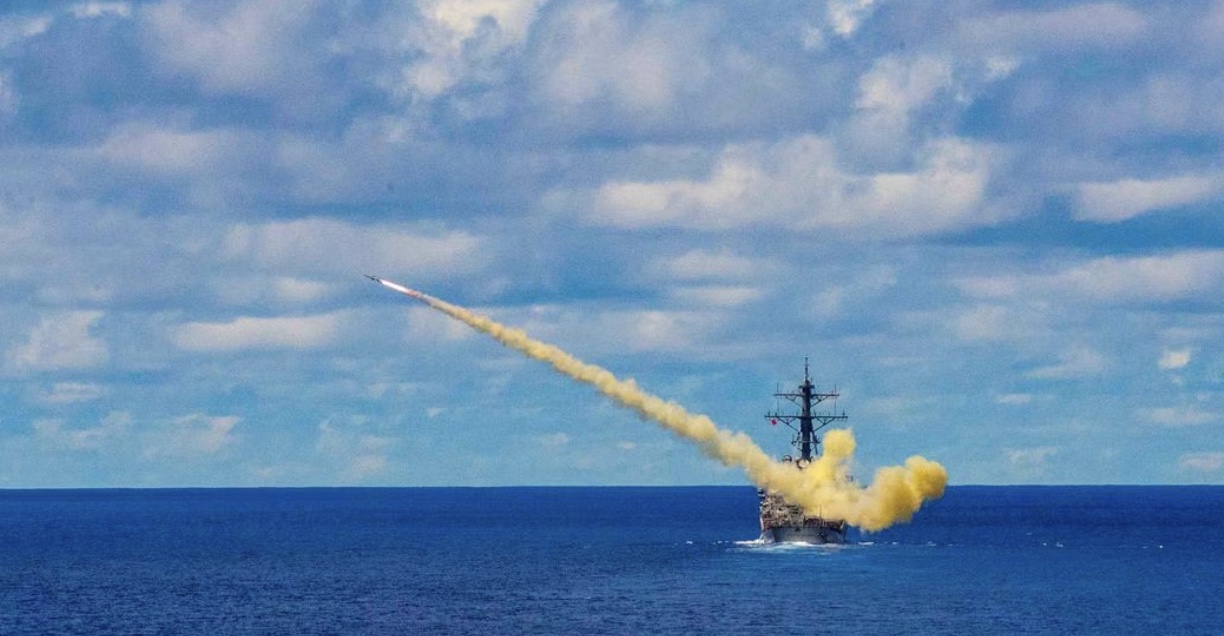The Americans are studying how to modify the mix of chemicals that fuel missiles and rockets to increase the range of munitions in order to gain a tactical advantage in the Pacific. A solution to be able to operate safely and further away from China.
The Pentagon and Congress are studying a retrofit that it could extend the range of some current weapons by up to 20 percent using more powerful propellants and lighter warheads, two congressional aides and two US officials said, who spoke to Reuters on condition of anonymity.
Last week, the Senate unveiled legislation that would allocate at least $13 million for the design, development and production of chemicals that could be used to propel missiles or replace explosive materials in tested.
The funding decision starts a process that could then bring in billions of dollars for the production of the new propellant for the Stars and Stripes tactical ammunition.
The Democrat-controlled Senate and the Republican-controlled House of Representatives have yet to negotiate final funding levels for the project, but there is general agreement on the bipartisan effort to increase US military deterrence in order to discourage Chinese ambitions in the Pacific.
The enormous distances in the Indo-Pacific and the size of the Chinese Navy require US interventions. “The US Navy needs more missiles capable of hitting very distant targets”Rep. Mike Gallagher told Reuters. China, by contrast, sees the United States as a threat in the Pacific and is ramping up its military presence in response.
Unfortunately, says Gallagher, the Pentagon has used energy propellants from the 40s, neglecting advanced systems such as the CL-20, which are necessary to increase the range and lethality of weapons, also because every meter of distance a missile can travel it's an American foot farther from danger.
CL-20 PROGRAM
Pending final approval by Congress, the bill will launch a Pentagon program to try to increase the range of existing weapons using chemicals such as China Lake Compound #20, also known as CL-20.
Developed by a government laboratory in California in the 80s, CL-20 is one of the most controversial chemical compounds, according to a senior defense official. Congress has leaned towards studies, such as one released in 2021, that repowering a rocket with the CL-20 — along with other modifications — could extend its range by about 20%.
An Energetics Technology Center paper says the new energy materials give a 400-pound bomb "the same lethality as a current 1000-pound bomb." China regularly produces “the CL-20 on an industrial scale and has been incorporating it into its weapon systems for some time.
Northrop Grumman Corp is a leading producer of CL-20 in the United States. The other major rocket engine maker is Aerojet Rocketdyne, which was bought by L3Harris Technologies last week.
Under the law, Senate-appropriated funds would be used to establish an office of energetic materials within the Department of Defense, reporting to Deputy Secretary of Defense Kathleen Hicks. The office would be a coordinating body between the Army, Navy, and Air Force to cut red tape.
The House version of the annual defense bill calls for the Pentagon to conduct a CL-20 pilot program that replaces the explosive or propellant in three weapons already in use.
The House version does not name any weapons, but Bob Kavetsky of the Energy Technology Center said candidate weapon systems for the new chemicals include Lockheed Martin's long-range anti-ship missiles (LMT.N) and air-to-surface missiles. extended range. Other candidates are Boeing's Harpoon anti-ship missiles (BA.N) and Lockheed and RTX's Javelin anti-tank weapons (RTX.N).
Subscribe to our newsletter!
